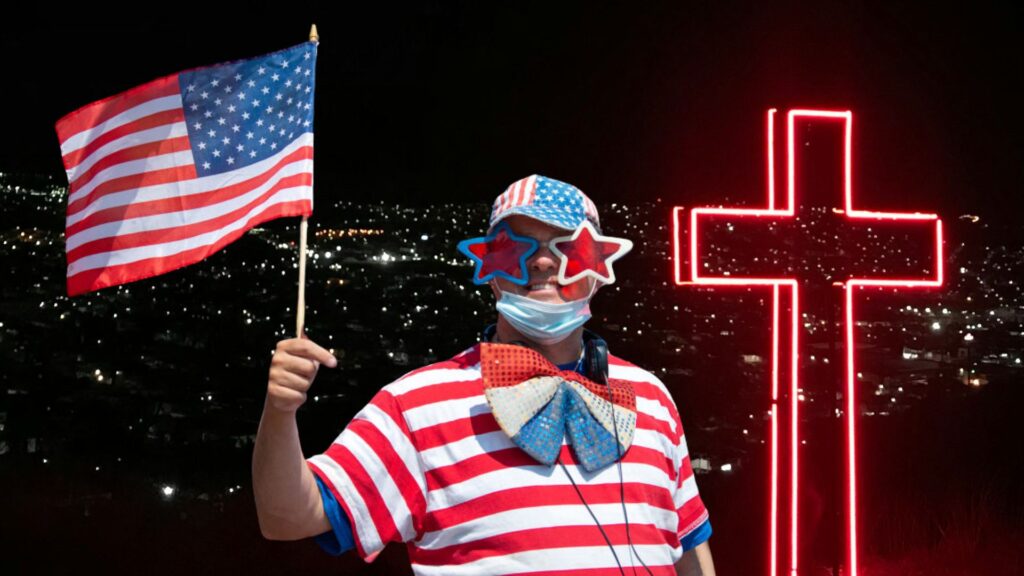At the heart of Coeur d’Alene, Idaho, this year’s July 4th parade was marked by a striking display of crosses, following a recent lifting of a ban on religious symbols.
Local participants proudly blended symbols of their faith with American flags, turning the parade into a vibrant expression of both patriotism and spiritual identity.
A Turnaround on Religious Symbols
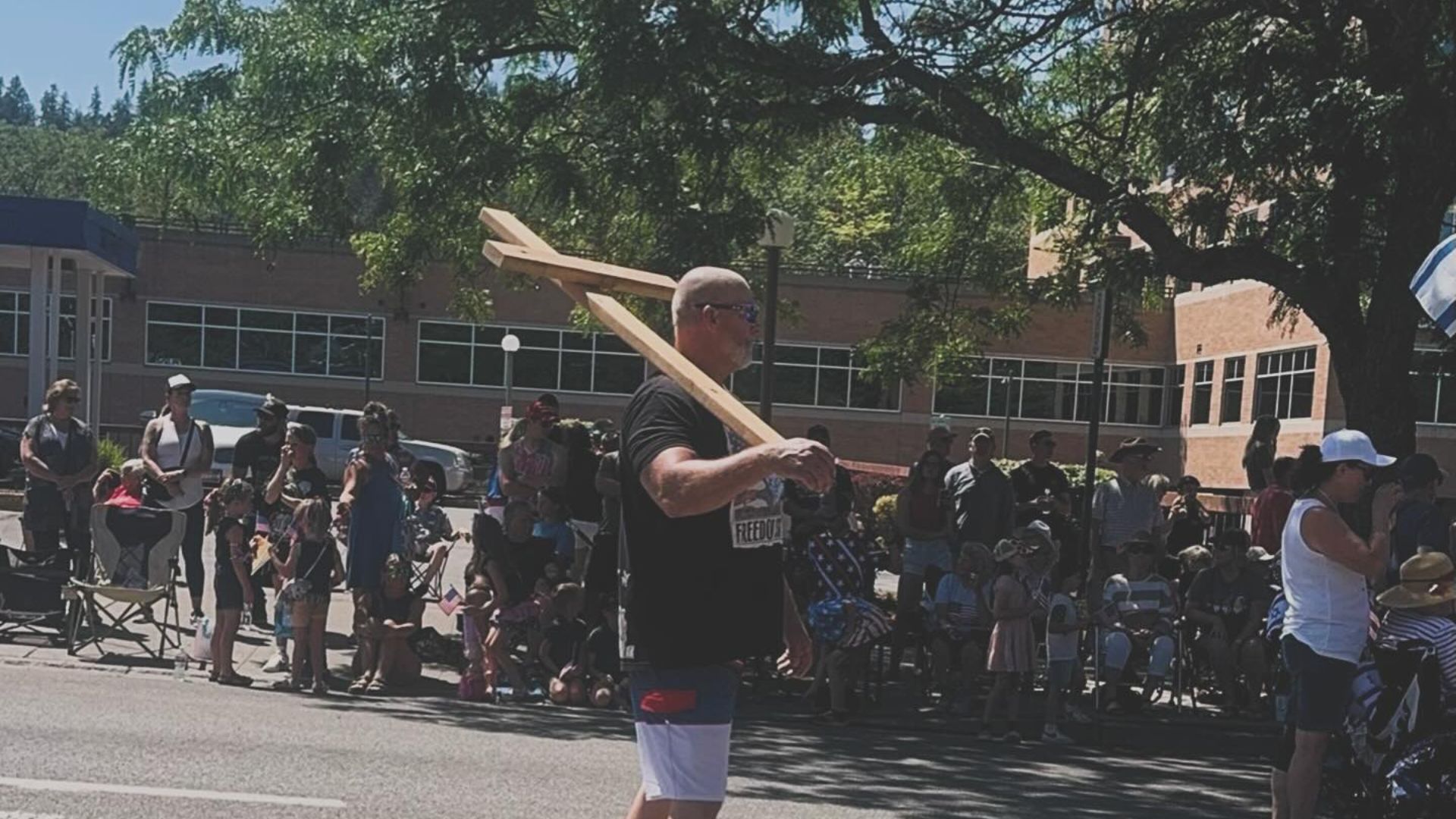
Initially, the Coeur d’Alene Regional Chamber had prohibited religious symbols in their annual parade.
However, this decision was promptly reversed, granting attendees the freedom to carry symbols like crosses. This policy change transformed the event, allowing expressions of religious faith to stand alongside patriotic fervor.
Addressing the Backlash with Open Arms
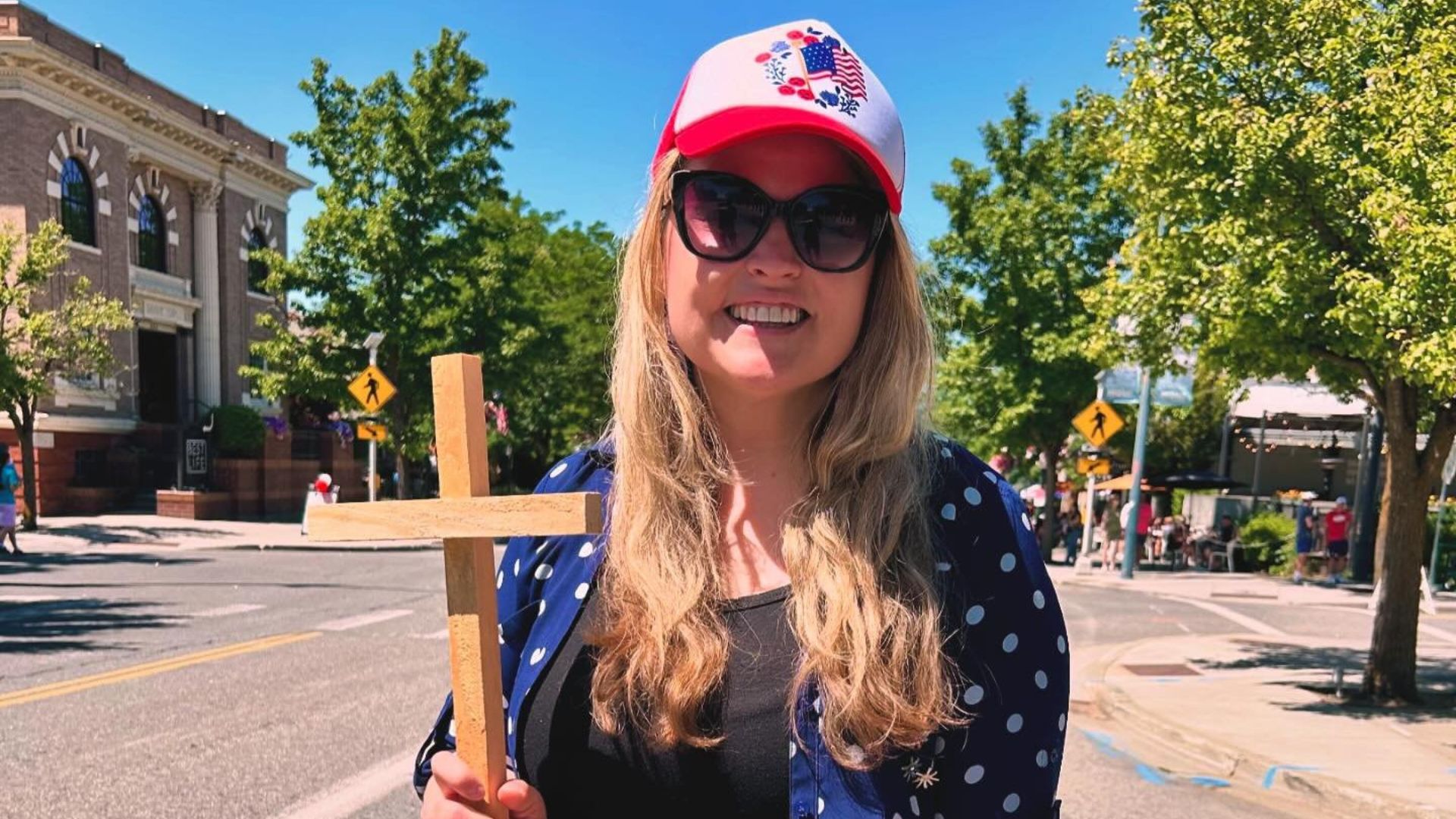
Responding to widespread disapproval from the local community, the Chamber quickly retracted their initial ban.
Linda Coppess, the Chamber president, clarified, “The original policy was not meant to isolate individuals or be considered an anti-religious policy.”
Feedback Spurs Policy Revision

After receiving over 50 complaints about offensive displays—including Confederate flags and harsh political language—the Chamber felt compelled to reconsider their stance.
Linda Coppess highlighted how this substantial feedback prompted a thorough reevaluation of the parade’s policies.
Seeking Guidance for a Friendlier Parade

To tackle the concerns raised, the Chamber sought advice from national organizations, striving to cultivate a parade atmosphere that was both welcoming and family-oriented.
This collaborative approach aimed at refining the event to better serve the community’s diverse expectations.
The Goal Behind the Original Ban
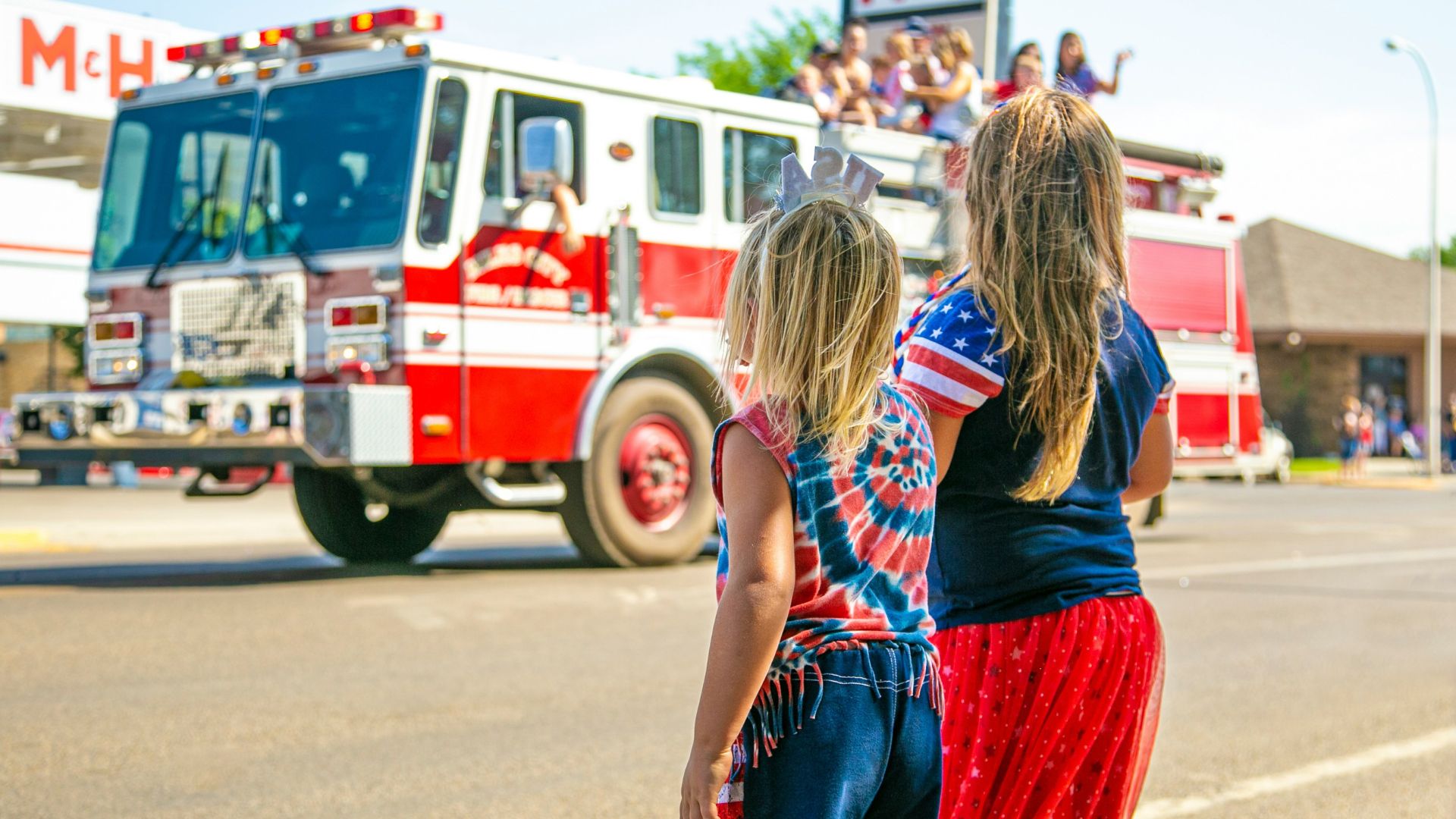
“The original intention was to create an environment where everyone feels welcome and respected,” explained Linda Coppess.
This foundational goal drove the Chamber’s initial decision, aiming to foster a parade environment that embraced all participants and spectators without causing discomfort or exclusion.
Community Voice Drives Change
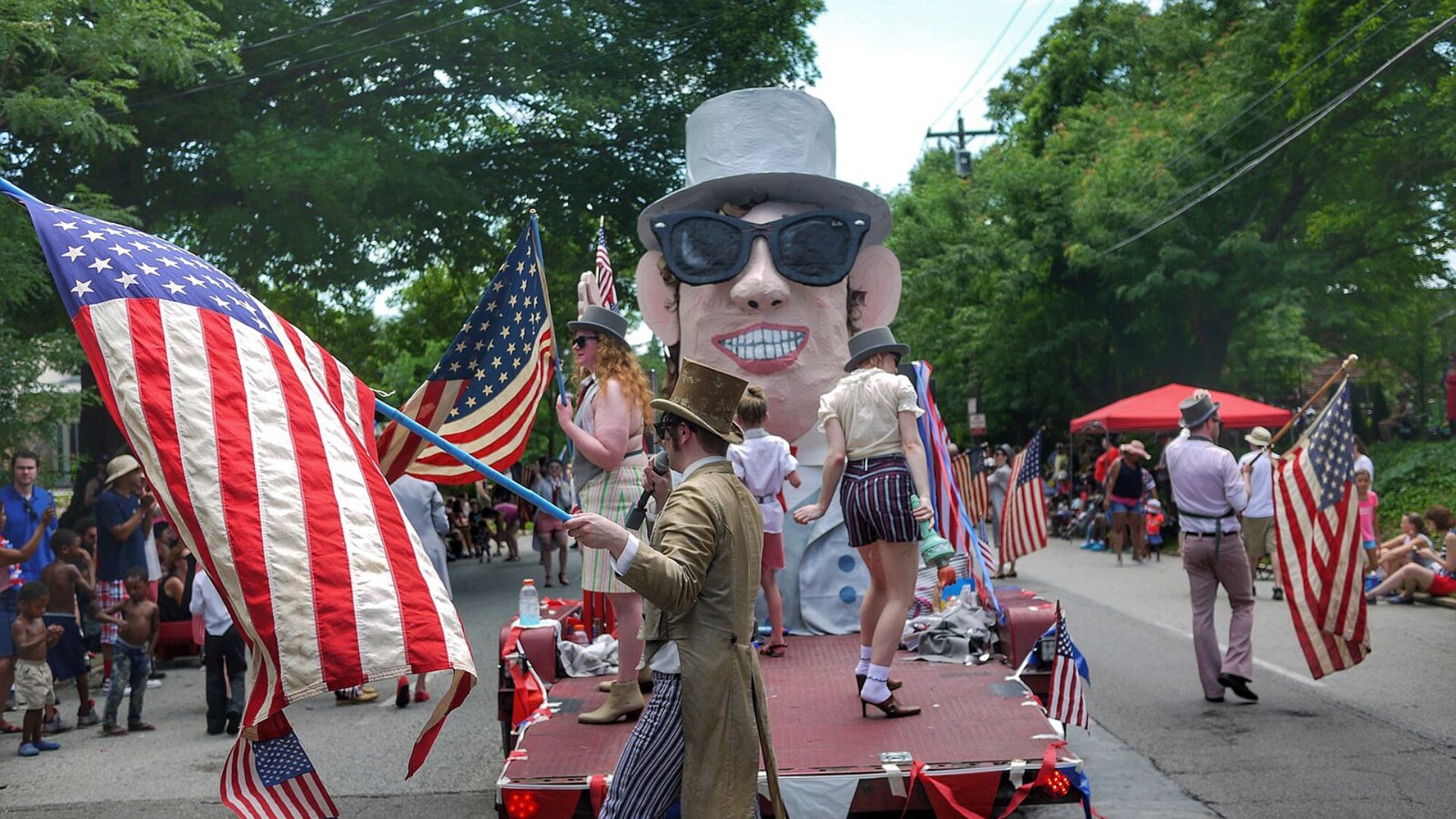
The quick reversal of the ban on religious symbols was a direct response to the community’s vocal dissatisfaction.
This incident highlighted the Chamber’s agility in adapting to public sentiment, ensuring that the parade remained a beloved staple of the community’s July 4th celebrations.
Reaffirming the Parade’s Purpose
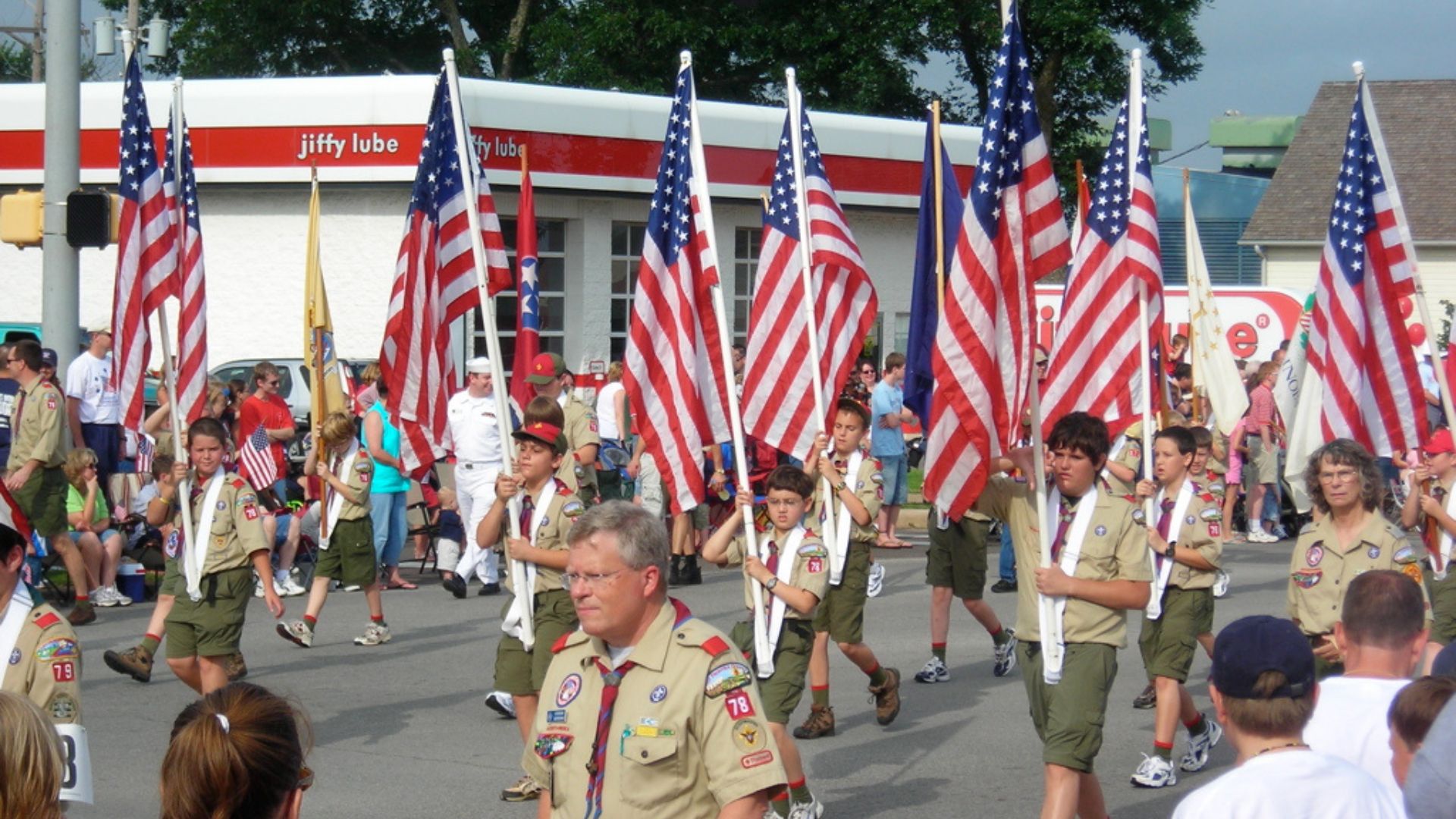
In the wake of the controversy, Linda Coppess expressed deep personal regret over any upset caused, reiterating her commitment: “Our goal for the Fourth of July Parade is to create a celebration that honors our military, fosters family-friendly fun, and respects all attendees.”
Her statement reaffirmed the Chamber’s dedication to an inclusive celebration.
Support from the Spiritual Community

Paul Van Noy, a prominent local religious leader, praised the decision to allow religious symbols.
“Any and all religious symbols should be allowed. Everybody should have their right to be represented faithfully and properly,” he stated, reflecting a widespread desire for representation and respect at the parade.
Balancing Unity and Expression
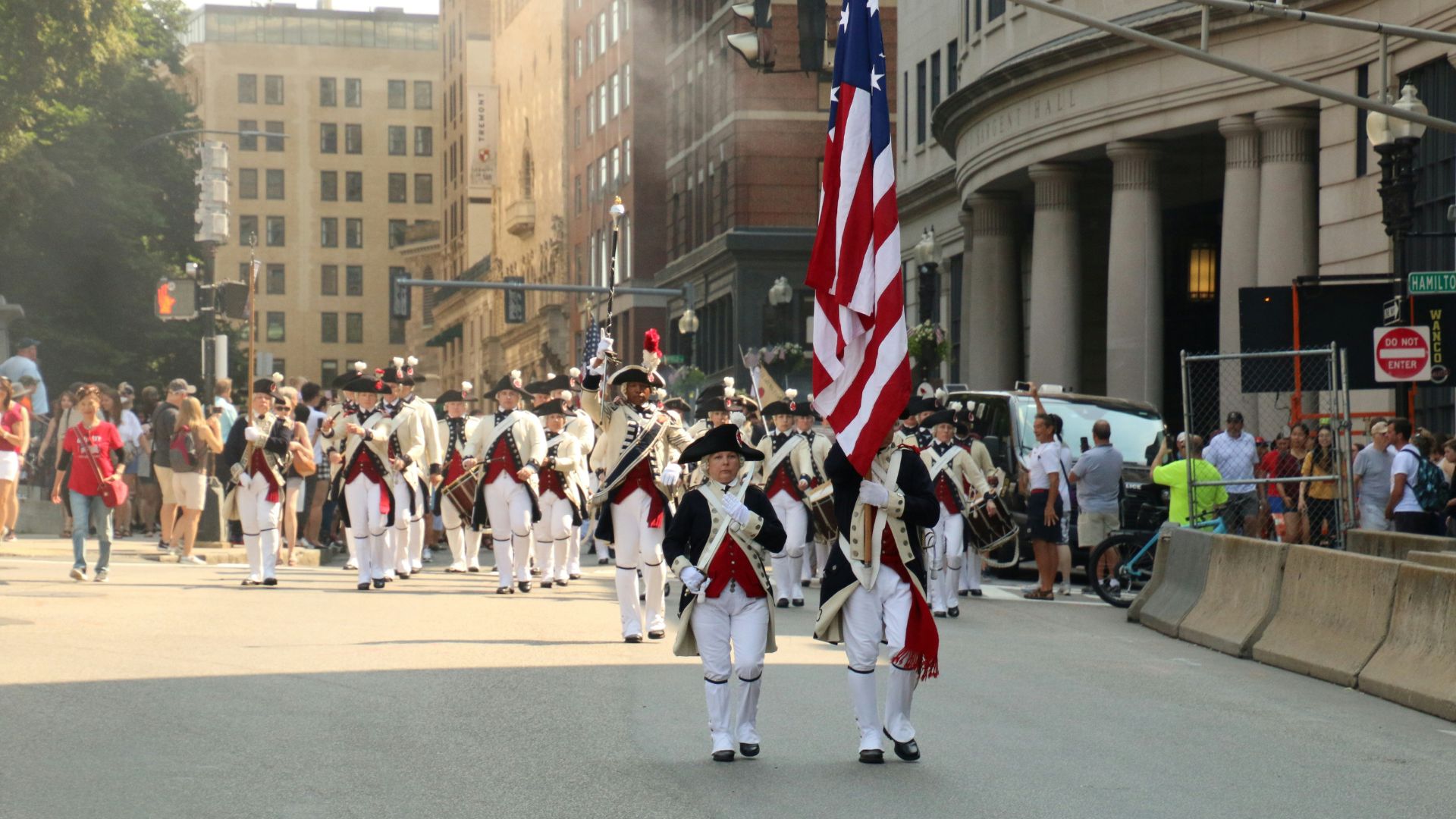
Before the policy change, the parade only permitted non-offensive signs that promoted unity or paid homage to military and first responders.
The Chamber’s careful regulation was designed to keep the focus on community solidarity and appreciation for service members.
New Guidelines to Enhance the Parade

Post-reversal, the Chamber implemented new guidelines to prevent offensive displays while accommodating diverse symbols, including religious ones.
This strategy was meant to balance respect for different beliefs with the decorum expected at such a national celebration.
Maintaining Order at the Parade
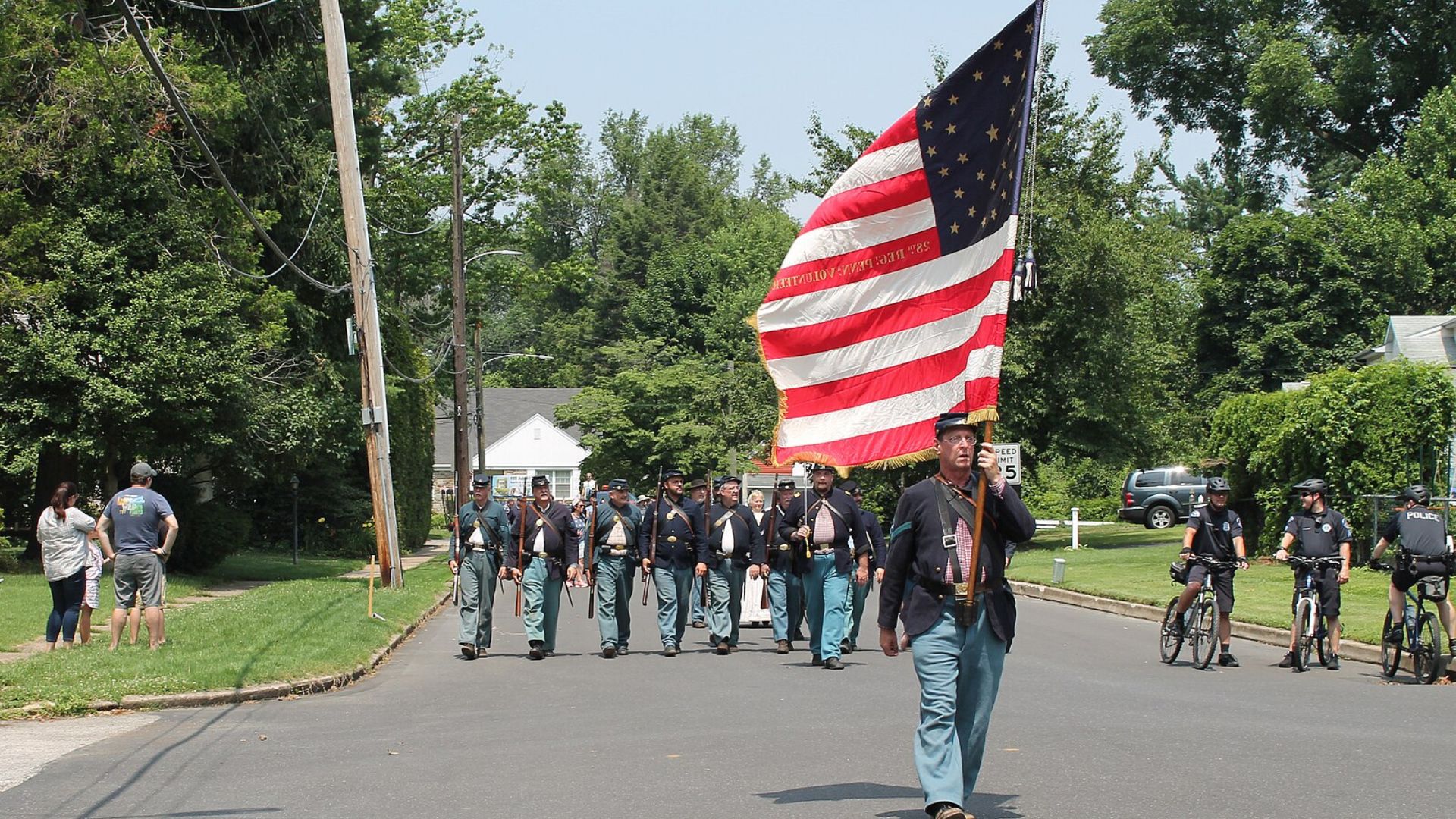
The Chamber was clear: non-compliance with parade rules could lead to immediate removal.
This firm stance was part of a broader strategy to ensure the parade remained a respectful and engaging event, fostering a strong sense of community pride among attendees.
